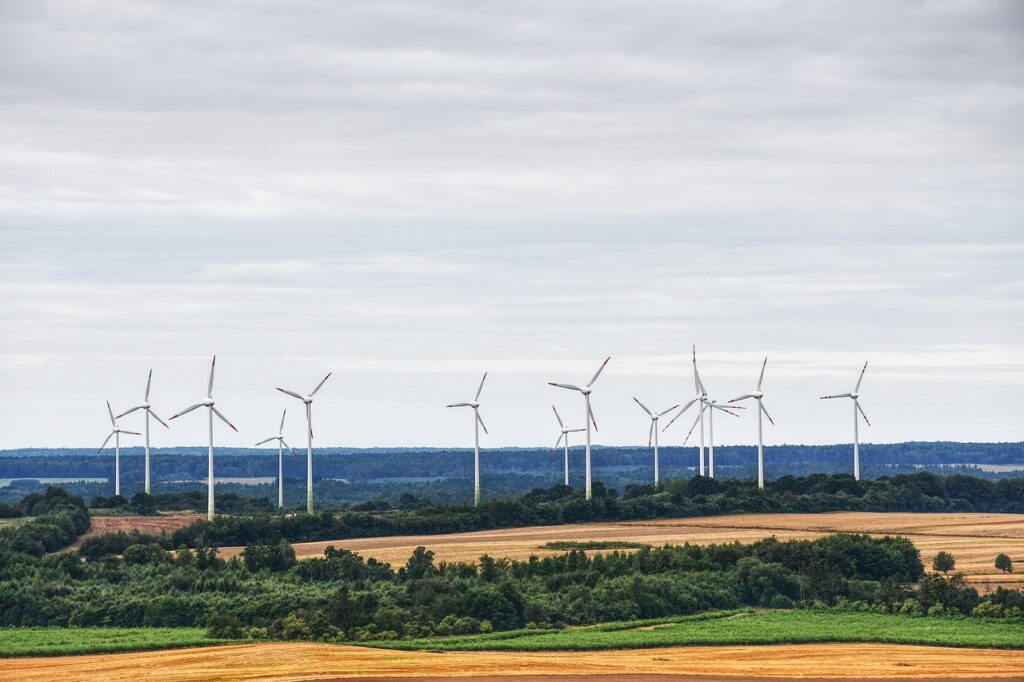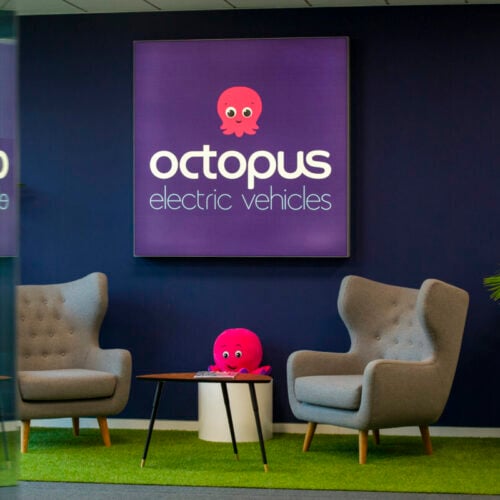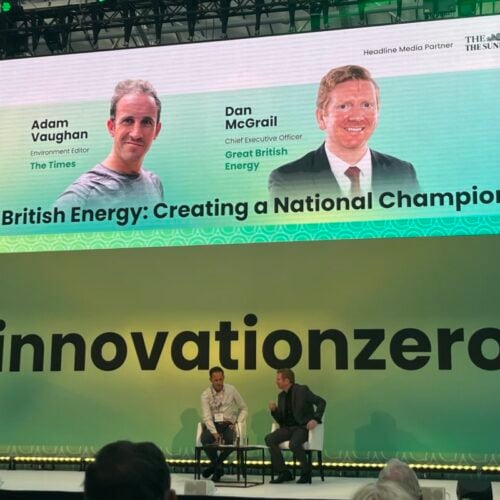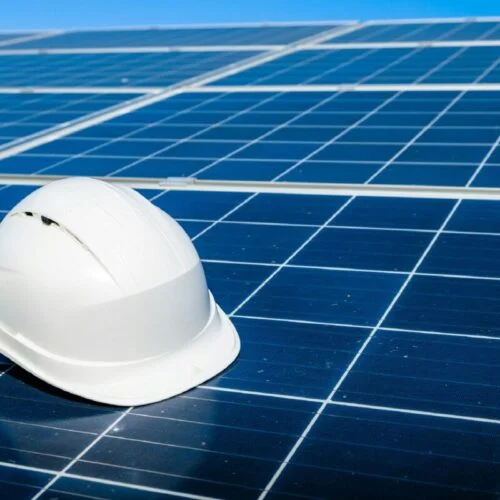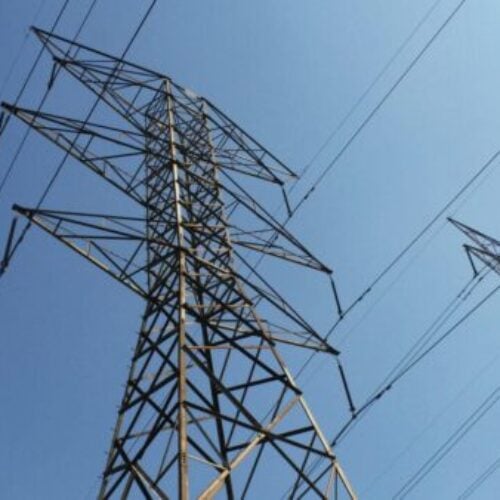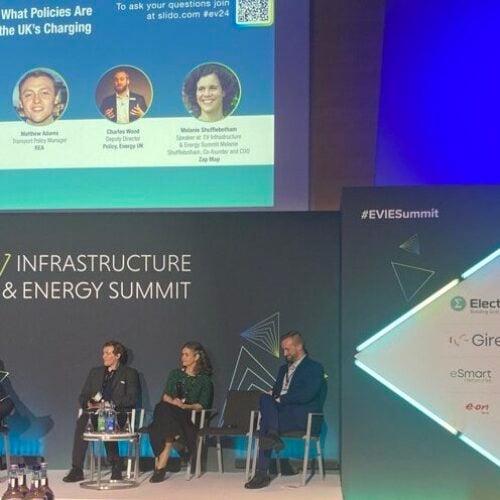The UK needs significantly more onshore wind power if we are going to meet the legally bind net zero by 2050 goal, according to new research by RenewableUK.
The analysis by RenewableUK’s Project Intelligence team shows that the UK is currently on track to miss that target by as much as 40%, owing to onshore wind’s installed capacity having stalled at 13.5GW. The Committee on Climate Change has previously advised that the UK must add 1GW of capacity a year, reaching 35GW by 2035. As such, if the country is to meet its targets, the UK would need to add nearly 29GW in the next 15 years.
Instead, it is likely that just 17.8GW of onshore wind will be installed by 2035 under the current policy climate. In a low growth scenario, the UK may only add 1GW of capacity in that time, while the high growth scenario suggests that we may reach 24.4GW. However to reach this high, changes in government would be needed, including the reintroduction of Contracts for Difference for onshore wind projects.
Commenting on the new figures, RenewableUK’s head of policy and regulation, Rebecca Williams said: “We are on the eve of what should be the greenest election the UK has ever seen. Public demand for action to tackle climate change has never been higher and the next government will have to deliver ambitious, credible plans that put us on track to meet our net zero emissions target.
“Onshore wind is the single largest renewable power source in the UK and you can’t be credible on net zero unless you’re serious about onshore wind. But without new policies, we won’t get anywhere near the levels needed for net zero. Growing our onshore wind capacity in line with the CCC’s recommendation will bring down consumer bills, and secure new investment and jobs in communities across the UK.”
Onshore wind turbine installation in the UK peaked in 2017, with 2.7GW of new capacity added. However, due to policy change by the government – which many believe amounted to a de facto ban – installations dropped by 80% the following year, reducing it to a rate similar to that in 2011.
